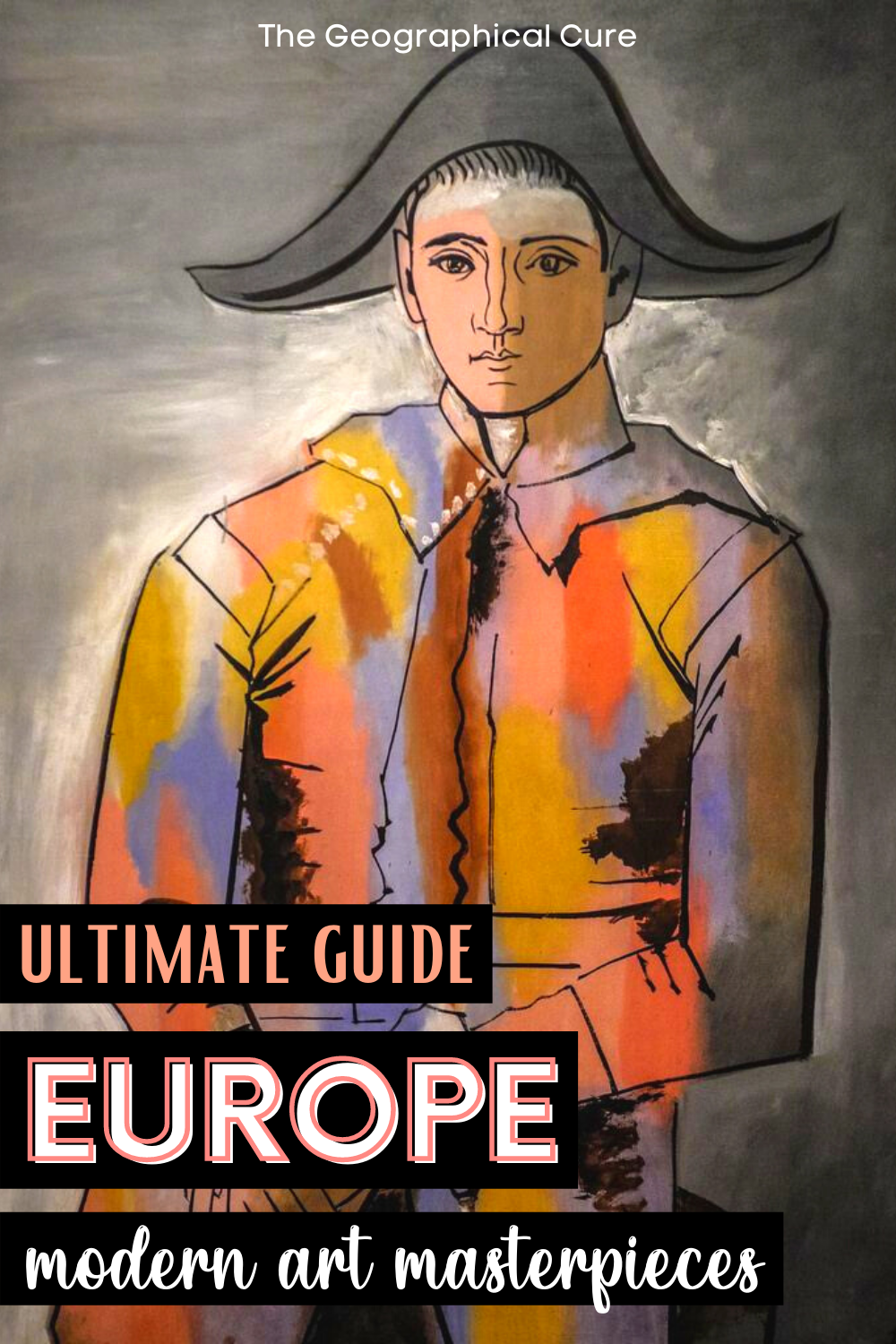

#IMPRESSIONIST INSTANT ARTIST INSTRUCTION BOOK FREE#
They developed a preference for working en plein air and aimed to capture transitory effects through a spontaneous and free handling of the brush. Often, a journey to Paris acted as a catalyst for their burgeoning interest in the movement. In the late 19th century, numerous Russian artists found inspiration in the style of French Impressionist painters. Soviet ImpressionismĮxplore the influence of Impressionism on Russian painters at the end of the 19th century and early 20th century. Together, the illustrations and fully up-to-date text serve to make Soviet Impressionist Painting a true testament to this powerful and vibrant school of art. The policy-makers dictated the message: art should be readily understood and appreciated by the people, reflecting their hopes and aspirations for themselves and their efforts. The subject matter of these paintings is the intimate life of the Soviet man, woman and child: at work in field, factory, school and mine, and at home or at play. Now, art historians are redressing the balance and focussing on the Soviet Impressionist paintings that are passing through the sale rooms of Europe and North America, and are finding their way in to museums in the West.

Though it is now considered the 20th century's major Realist school of painting, during its heyday, thanks to the politics of the Cold War, the treasures of Soviet artists remained hidden, often, if not considered politically correct, languishing for years in artists' studios. Soviet Realist art of the 1930s to 1980s was naturalistic, bold, colourful, and exciting.


 0 kommentar(er)
0 kommentar(er)
